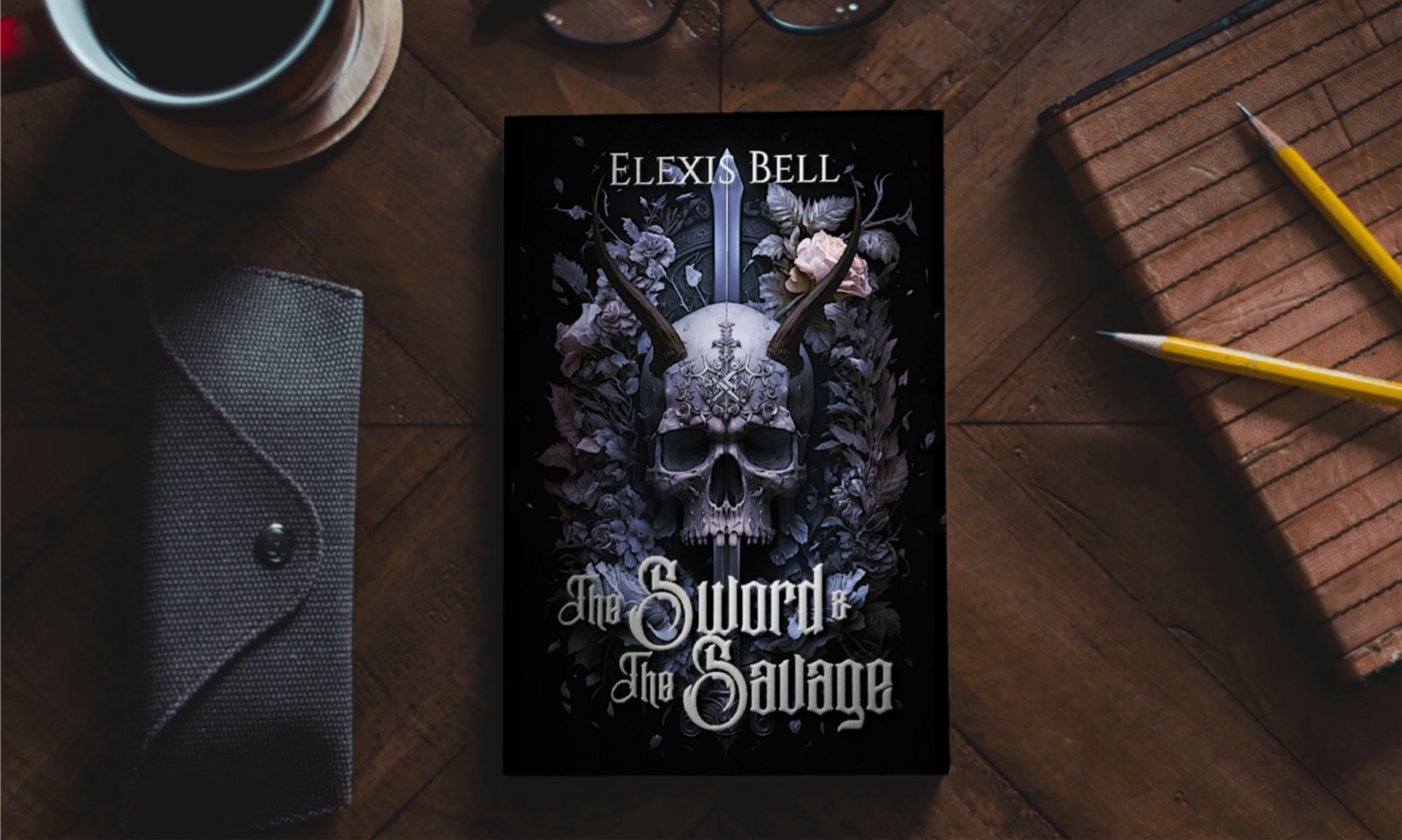Hi, guys!
Last week, I talked about writing believable romance and compelling chemistry, exploring the things that might draw two people together.
But if one of the people involved tends toward self-sabotage, the normal conventions no longer apply and relationships tend toward… dysfunctional.
If you’re writing a self-sabotaging character, it isn’t enough to just put them in a bad relationship. You need to understand why they’re there, so you can write them, and the ensuing relationship, accurately.
There are several types of people who do this. People who fear change and sabotage opportunities to prevent change. People who want to make others feel better about themselves.
And the most common, which is the one we’ll be talking about today, people with catastrophically low self-esteem.
People who genuinely hate themselves or feel intrinsically broken, perhaps due to trauma or a broken home or depression/anxiety, aren’t likely to look for someone who would be good for them. There’s a reason so many people end up in shitty, abusive relationships.
They don’t value themselves worth the effort of improvement or worth taking a good person off the market. They probably don’t even realize what they’re doing to themselves, but they’re seeking the shitty treatment they think they deserve.
At such a low point, something small might be enough to draw them in. Attention of any kind from someone who has even one quality they like, even something small like an outgoing nature, a cool tattoo, or good fashion sense, might be enough to draw them in.
Why?
Because they’re surprised they got attention or compassion from anyone.
And since they’re getting attention from someone, which is more than they think they deserve to begin with, they overlook glaring faults (drug abuse, cheating, domestic abuse, etc.) with ease. There’s a good chance they’ll internalize all of that, blaming themselves for their partner’s philandering or the abuse.
They’re likely to push good people away and seek out shitheads. Meeting someone good isn’t going to magically fix them or show them that they deserve happiness.
Until they learn to value themselves (which takes a hell of a lot of time and work), they won’t seek a functional relationship.
And that may very well be their downfall.
These characters can be absolutely heartbreaking to write, partly because it’s all too real. Far too many people destroy their own chances at happiness simply because they don’t believe themselves worthy of it.
So, if you decide to write one of these characters, keep these things in mind. It will be one hell of a journey, with a lot of time spent in darkness.
Now, on to the progress report. I’ve come to realize that Second to None may end up being a novella. I tend to write far shorter than the average length, regardless of genre. I write very punchy stories, sparing very little time for fluff.
I use my characters to build my world and vice versa, something I explained in a previous blog, which I’ll link below. (Ignore the progress report at the end of that one, because so much has happened since then that it’s irrelevant.)
Now, fantasy tends toward an average of 110,000 words (roughly), but mine lean toward an average of 70,000 or 80,000. Thrillers tend to be about 70,000 words.
So, with my writing style, I expect Second to None to total around 40,000 words. I’m currently sitting at about 7,500 words.
I’ve also made some strides toward releasing A Heart of Salt & Silver, and I’ve been reveling in the recent release of World for the Broken. If you haven’t picked up a copy yet, it’s available wherever books are sold. (Amazon link: mybook.to/WorldForTheBroken )
For now, I’m going to keep working away on editing Allmother Rising and writing Second to None.
Keep reading. Keep writing.
Later.
P.S.- Here’s the link for the blog explaining the concept of using your world to build your characters and using characters to build the world.
